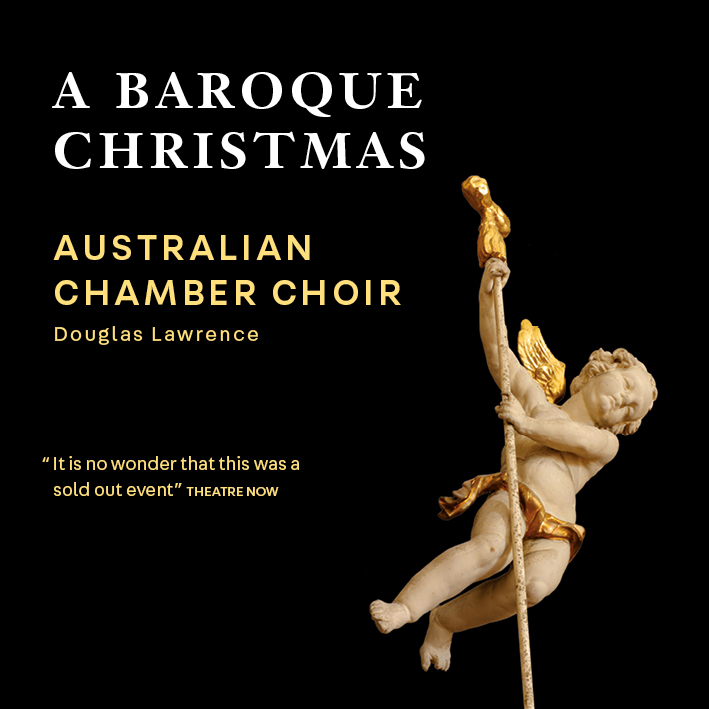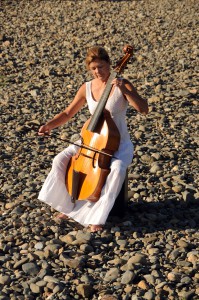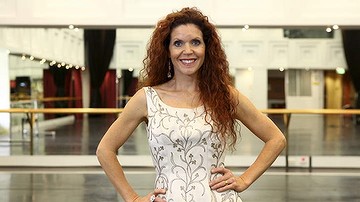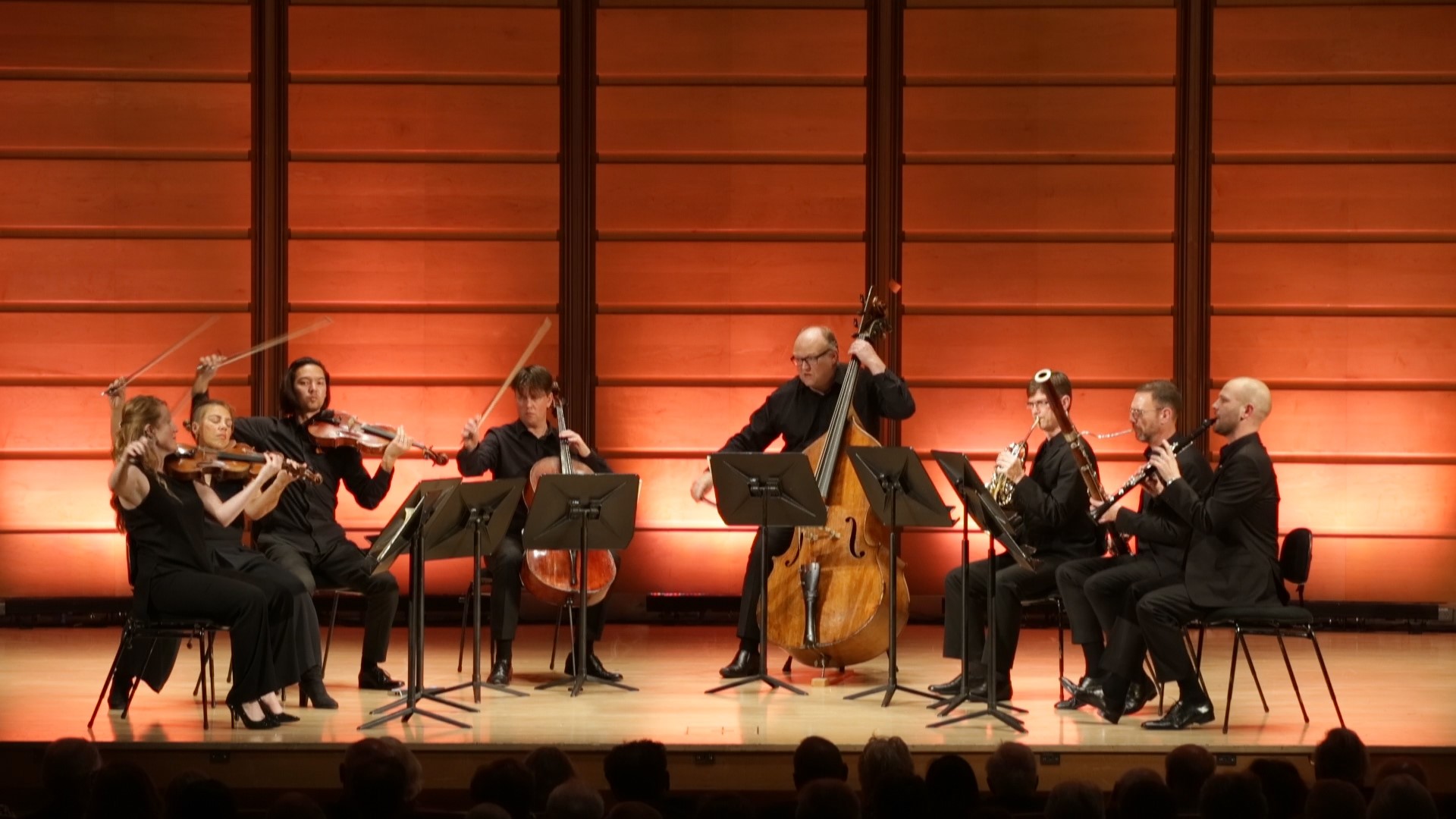‘ReImaginings’ – Joe Chindamo and Zoe Black

Costello and Krall, Barenboim and du Pre, Sutherland and Bonyge, Laine and Dankworth – all partners on stage and in life, sharing a performing life and a musical genre.
Joe Chindamo and Zoe Black share all this as well, except for the fact that they hail from different music backgrounds. Whilst Black is classically trained, Chindamo hails from the realms of jazz. Whether or not this is valid distinction is a question posed and answered by their latest professional collaboration, a CD they have called ReImaginings.
Launched in early May 2012, ReImaginings contains 11 mostly ‘classical’ tracks (4 are not) which are arranged in distinctive Chindamo style. Over this, Black superimposes her virtuosic performance. The works are delivered with new perspectives that are carefully crafted and blended, bringing a surprising and engaging freshness to works that have been jealously guarded in the classical treasury. Both performers prove their versatility with Chindamo reaching into classical technique and the complexities of Baroque ornamentation, while Black proves just how good a jazz violinist she is.
Chopin is given the tango treatment in a smoky sub-terranean Latin cafe, Schumann’s Traumerie from Kinderszenen is reimagined with crunchy dissonances underscored by double stops and harmonics on the violin and a rippling piano accompaniment when the violin takes the melody. With Handel’s Lascia Ch’io Pianga, Black recreates most beautifully, first the sobbing phrases of the voice and then crisp Baroque embellishments before lapsing back into the bare bones of melody with supporting secco style chords from the piano. Even Couperin (Les Baricades Misterieuses) and Mozart (Symphony No 40) are given the Chindamo/Black spin.
Two of the tracks are Chindamo’s own compositions, Zoe, a fervent, swirling waltz dedicated of course to Black; and Tarantism a delirious take on the Spanish dance form. Finally, a plaintive rendition of Dolly Parton’s Jolene.
Of his approach on ReImaginings, Chindamo says: ” Two-thirds of the piano parts are completely composed, as such, the project’s aesthetic has much more in common with classical music than with music of an improvisatory nature. However, unlike a strictly classical recording, where the performers are required to perform either established repertoire or works which have been especially commissioned for them, all the music except for Copland’s Nocturne is new in some sense or another. There are seven reworked classical compositions, chosen for their beauty, universality and timelessness. The intention was never to alter these great works for the sake of altering them…. I am cautious not to disrupt the style and spirit of the work on which it is based. But on two occasions on this album, I have kept only the melodies and changed everything else.”
Born in Australia of Italian parents, Chindamo’s parents decided when he was 6, that he would play the piano accordion. Chindamo says: “Tiring of the histrionics that went with performing on the accordion – all that smiling made me nauseous – and inspired by the great pianist Oscar Peterson, I switched, at the age of 15, to the piano. I was at a party one night and someone put on The Trio – Live in Chicago and I wanted to know who this wonderful pianist was. At that moment I decided I was going to be as good as Oscar Peterson one day.”
Chindamo has acquired an international reputation, performing concerts all over the world, amongst them, the Umbria Jazz Festival, The Lincoln Centre in New York and the Sydney Opera House as well as jazz clubs.
He has won two Mo Awards and the 2009 APRA Award for Best Jazz Composition of the Year ( Something Will Come to Light). Chindamo has an impressive discography and has collaborated on recordings and in performances with James Morrison, Ray Brown, Shirley Bassey, Yvonne Kenny, Dame Kiri te Kanawa and Anne Sophie von Otter. He has worked on dozens of film soudtracks and has recently been commissioned to compose and arrange for chamber ensembles such as the Freshwater Trio and the Seraphim Trio. He has composed a Concerto for Accordion and Orchestra (2003), supported by an Australia Council Fellowship.
Zoë Black was born in Melbourne and came to prominence winning the National Youth Concerto Competition in 1989 and the string section of ABC Young Performers Awards in 1991. She went on to London’s Guildhall School of Music, and the Vienna Hochschule. She has played with the Juillard, Guarneri and Takacs Quartets, the London Symphony Orchestra and the Wiener Kammerorchester. She has performed solos with the Tasmanian and Melbourne Symphony Orchestras where she has also appeared as Assistant and Guest Concertmaster. In 1996 she returned to Australia from Europe to take up a position as Assistant Leader with the Australian Chamber Orchestra, with whom she continues to perform.
The beauty of ReImaginings is that it has transcended genres by taking so many diverse pieces of music (who would ever think of putting Chopin and Dolly Parton on the same CD??) and creating from them a relaxed anthology through the imaginings and synergy of Chindamo and Black. As Chindamo himself says “I wanted to keep Handel, but not his wig. I wanted Dolly, but not her twang. My aim was to demonstrate that music is music and genre is only packaging.”
ReImaginings is made on Which Way Music, released in May 2012 and distributed by Fuse Music.
www.whichwaymusic.com
Shamistha de Soysa for SoundsLikeSydney, May 2012.







